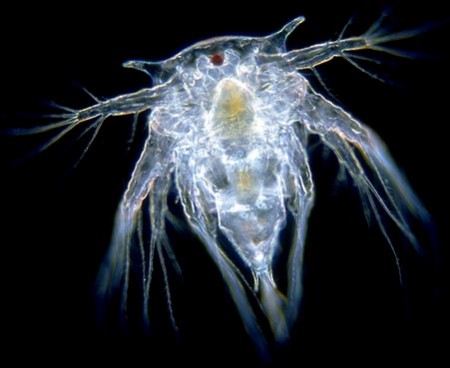Enmos
Valued Senior Member
Pff! Have you actually seen the movie? I'd say the humans were the bad guys..Or what about these "prawns" from South Africa:

They are animals.One fellow made a convincing argument that it is homo erectus / homo sapiens, but that presumes those creatures are animals.
At any rate, they are quite dangerous.









